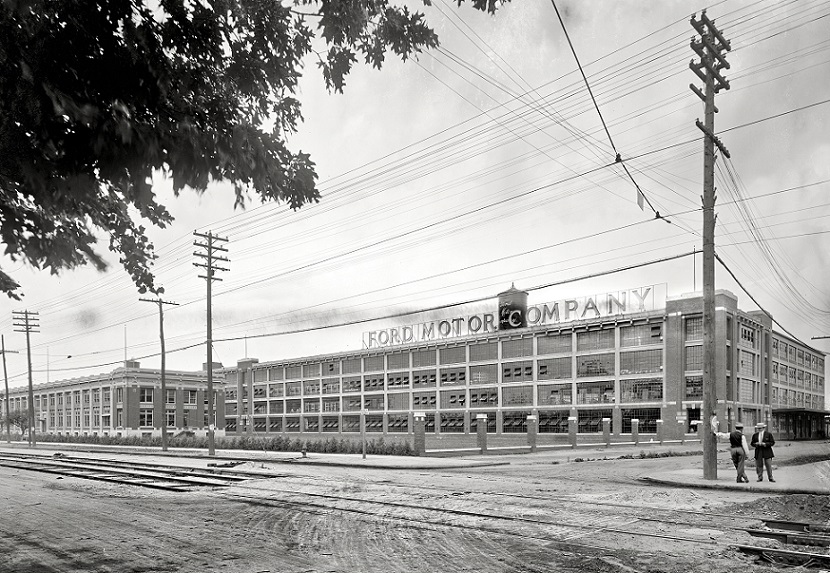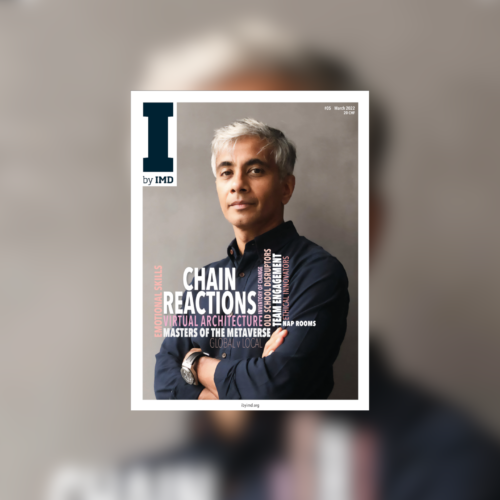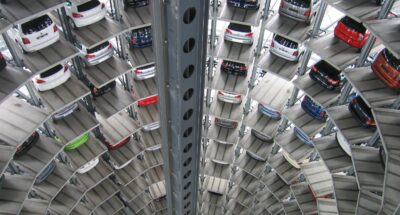Amazon and its ilk have transformed the distribution of tangible goods, enabling almost anyone to sell online. With Fulfillment By Amazon, sellers can distribute products that they have never seen or touched. Ubiquitous quick-delivery services like DoorDash and Gopuff enable even more rapid distribution from ghost kitchens and dark stores. And for books, music, software, and video content, the Web enables vendors to sell into a global marketplace at minimal cost.
Labor can now be recruited and managed virtually by the task, from getting a ride across town to virtual physician housecalls. Management-by-algorithm enables “bossless” work, from mind-numbing microtasks paid by the penny on Mturk to specialized legal work. Many businesses now declare themselves “remote first”, foregoing the cost of physical facilities entirely.
In light of these other changes, it is increasingly feasible to create an enterprise that looks more like a webpage than an organization, with management taking the form of algos that call on resources and coordinate outputs.
Lastly, the available legal strictures for enterprise have exploded, from Public Benefit Corporations to e-Estonia. If you’re going to incorporate a virtual business online, there is little reason to be provincial when legal vendors around the globe offer a kaleidoscope of options.
New technologies, particularly the smartphone, have radically expanded the range of possibilities for organizing enterprise – for better or worse. I have written previously about the unnerving changes in the restaurant industry changes in the restaurant industry, where ghost kitchens and smartphone-enabled delivery services are creating challenges to the local restaurants that have served our communities for generations. In December TikTok announced that it was contracting with delivery service Grubhub and 300 ghost kitchens to create a national-scale virtual restaurant. The delivery-only venue would compile dishes that had gone viral on TikTok into menus each quarter for online ordering, and their creators would get a cut of the proceeds. Imagine explaining to yourself in 2015 a TikTok-based virtual restaurant enabled by ghost kitchens.
Or how about flashmobs of shoplifters who descend on retailers in groups to steal specific high-value items in bulk? The business model here is enabled by Amazon, which serves as an unwitting fence for non-legal entrepreneurs. One latter-day Fagin “paid recovering drug addicts to steal razors and health products from stores such as Target, CVS and Publix and take them to his warehouse, according to court documents. The man, Robert Whitley, then sold the items online through businesses called Closeout Express and Essential Daily Discounts. He sold more than 140,000 items on Amazon’s marketplace, totaling $3.5 million, according to federal prosecutors” (New York Times, 3 December 2021).


 Audio available
Audio available





